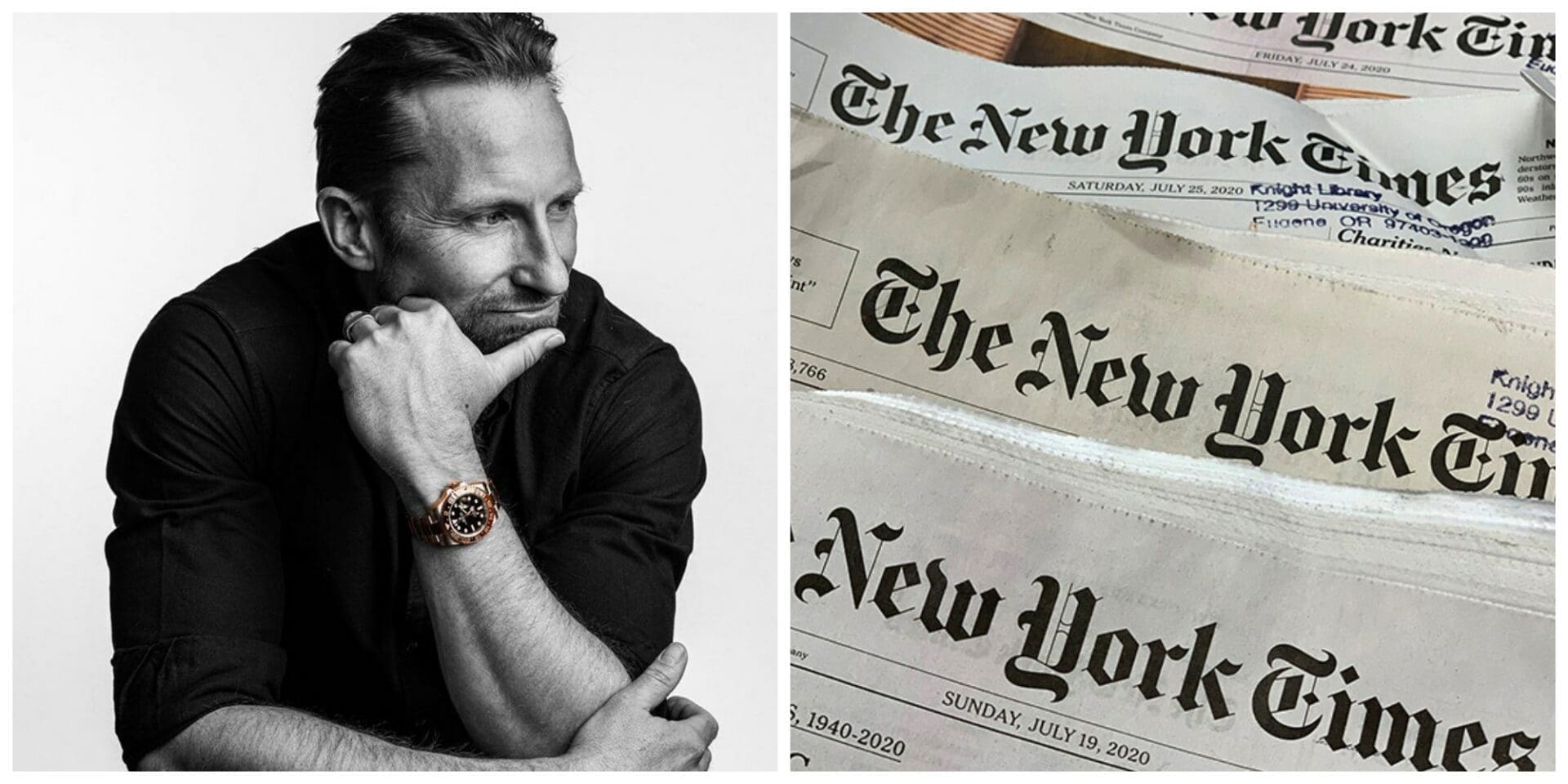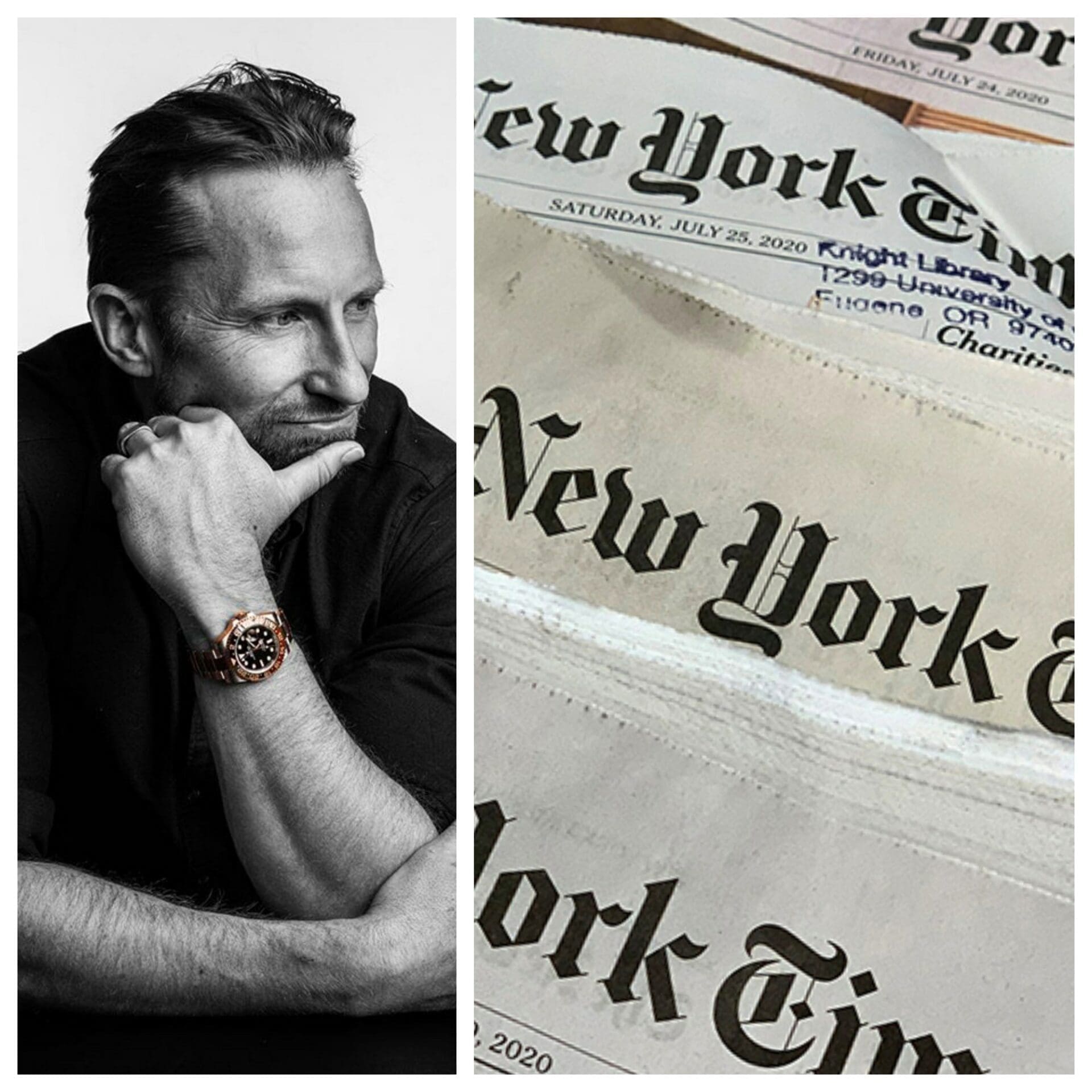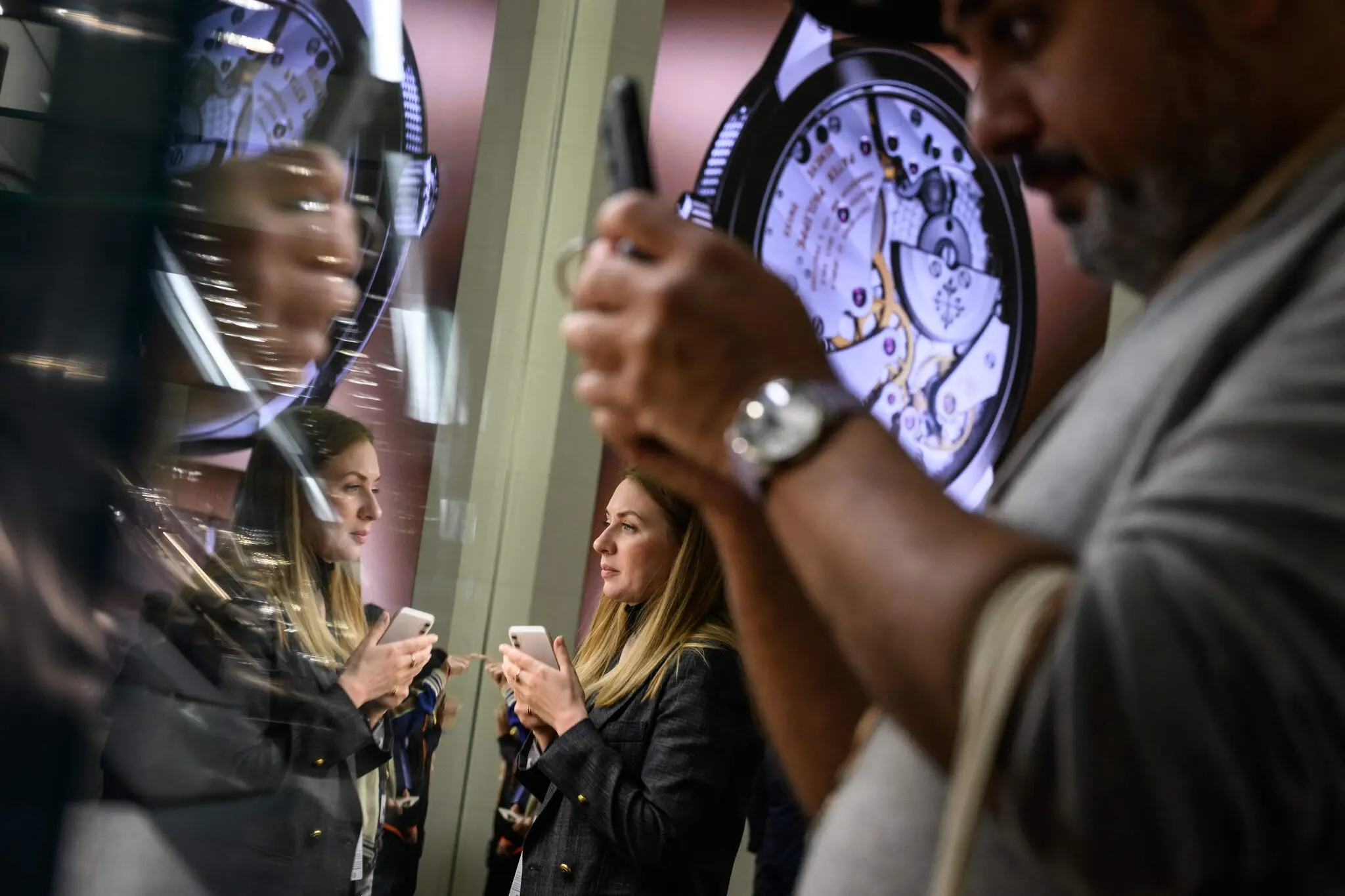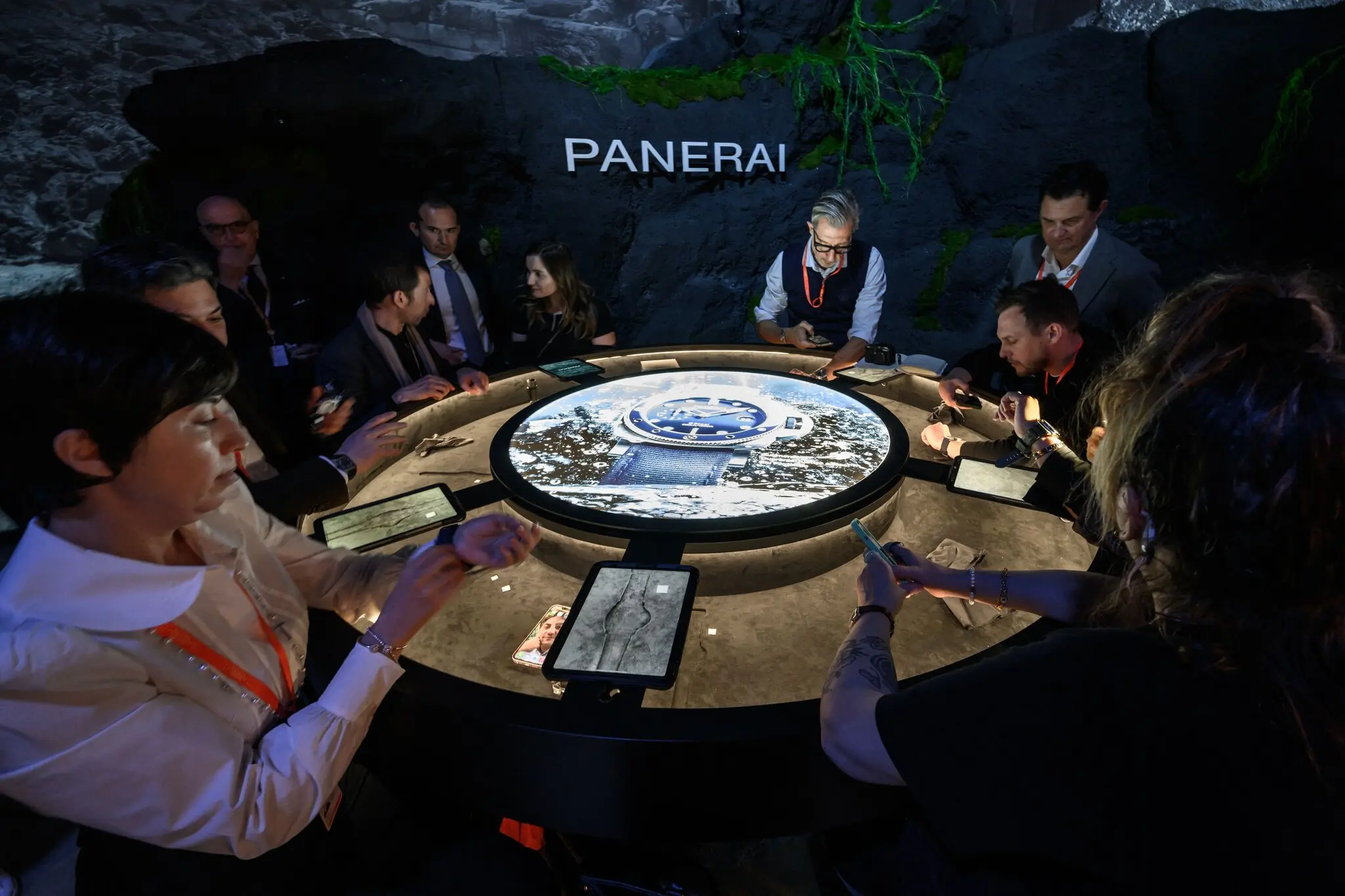We can’t believe that Andrew said this about watches in the New York Times
Time+TideEDITOR’S NOTE: Generally when people are interviewed by an august publication like the New York Times they tend to play things fairly safe. Luckily, when Robin Swithinbank rang Andrew for a quote for this story he was just returning from a long lunch. Hence the rather colourful quotes he came out with at the end of in this article…
With Geneva Watch Days returning at the end of the month, it’s worth re-examining a typically incisive article in the New York Times by Robin Swithinbank on the unexpected revival of watch fairs.
Even before the pandemic, many insiders thought that watch fairs had become about as relevant as wearing a tie to the office. This was a view largely driven by the end of BaselWorld, the world’s biggest and oldest watch fair, that spluttered to its slow death for two main reasons. Firstly, exhibitors and attendees had tired of the monstrous costs involved – Swatch Group, for example, was reportedly spending $50 million USD to participate in Baselworld each year, due to a mountain of costs including booth space hire, lodging, flying in staff and client entertainment. Secondly, with digital channels increasingly being used for wholesale orders and to drive press coverage, watch fairs simply began to feel less essential. The arrival of COVID merely accelerated the watch world’s acceptance of digital.
Yet as Swithinback writes, 2022 showed the watch fair still has its place. Some 38 exhibitors attended Watches & Wonders in Geneva, attracting more than 22,000 in-person visitors and generating a global digital reach of more than 350 million.
“It was the right decision to be there,” said Thierry Stern, president of Patek Philippe of the brand’s attendance at Watches & Wonders. “It’s the only time of the year I can see everyone in a week, and digital allows you to promote your brand worldwide.”
Jean-Marc Pontroué, chief executive of Panerai concurred. “It’s the most expensive marketing initiative of the year, but it’s also the moment in the year where everybody has special attention, like Fashion Week in Paris. It creates a snowball effect.”
Admittedly, not everyone was at Watches & Wonders – Omega, Audemars Piguet, Bulgari and Breitling were just some of the brands that passed up the opportunity to show their new wares.
The NYT article explains that one of the main bones of contention with Watches & Wonders is the decision not to make the fair open to the public. But the Fondation de la Haute Horlogerie that organises the event said it was discussing this possibility for next year.
“The concept is not yet decided,” said Matthieu Humair, chief executive of the FHH. “The idea could be to keep the B2B [business-to-business] format for the first days, and then why not open it to the public for the last days?”
Time+Tide’s very own founder Andrew McUtchen suggested that most consumers have little interest in a fair. “The world doesn’t need these events at all,” he said. “And the figures suggest that the trajectory of brands such as Audemars Piguet has been unchecked by stepping out of the watch fair matrix. Brands can do it on their own.”
But Andrew honestly admitted that, from a personal perspective, the return of the fairs certainly help to reenergise his own enthusiasm for watches.
“After two years of online releases, I found my passion for the watches themselves and the job itself draining away,” he said. “Watches are an absurd product, and they require all of the sorcery of marketing at its most grandiose and bellicose. I missed that for three years.”
Read the whole article right here







